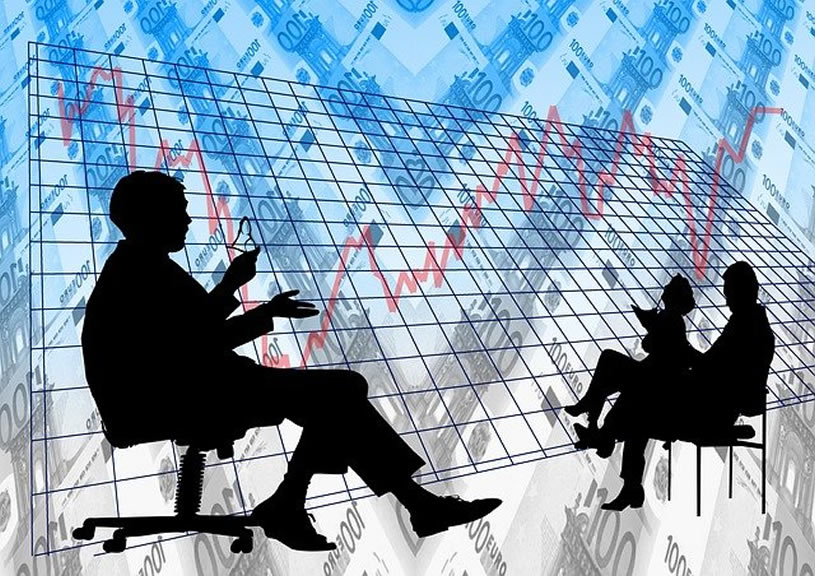By Cassandra Jones Havard, University of South Carolina
“Moral hazard” refers to the risks that someone or something becomes more inclined to take because they have reason to believe that an insurer will cover the costs of any damages.
The concept describes financial recklessness. It has its roots in the advent of private insurance companies about 350 years ago. Soon after they began to form, it became clear that people who bought insurance policies took risks they wouldn’t have taken without that coverage.
Here are some illustrative examples: Having worker’s compensation insurance could potentially encourage some workers to stay out of work longer than needed for their health. Or, homeowners insurance may explain why a homeowner might not bother spending their own money on a small repair not covered by their insurance policy because they figure that over time it will turn into a larger problem that would be covered.
Or think of what happens when someone rents a car and parks it where it can easily be damaged. That carelessness reflects an assumption that the rental car company’s insurance policy will pay for the repairs.
Why moral hazard matters
U.S. banks are insured by the Federal Deposit Insurance Corporation, or FDIC, and the risk-takers are both banks and the bank’s depositors.
Free Reports:
 Get our Weekly Commitment of Traders Reports - See where the biggest traders (Hedge Funds and Commercial Hedgers) are positioned in the futures markets on a weekly basis.
Get our Weekly Commitment of Traders Reports - See where the biggest traders (Hedge Funds and Commercial Hedgers) are positioned in the futures markets on a weekly basis.
 Download Our Metatrader 4 Indicators – Put Our Free MetaTrader 4 Custom Indicators on your charts when you join our Weekly Newsletter
Download Our Metatrader 4 Indicators – Put Our Free MetaTrader 4 Custom Indicators on your charts when you join our Weekly Newsletter
Congress established the FDIC during the Great Depression, which began with a spate of bank runs. The goal was to boost confidence in the banking system.
The Dodd-Frank Financial Reform Act, enacted after the 2008 financial crisis, was supposed to reduce moral hazard. One way it did that was by making it clear that accounts of more than US$250,000 aren’t insured by the FDIC unless the bank’s failure presents a systemic risk to the financial system.
The implicit assumption behind the government’s insurance limit, which prior to 2008 stood at $100,000, is that depositors who have accounts worth more than the limit will bear the loss of bank failure along with the bank’s executives and shareholders. Yet boosting the size of the guarantee amount also made future bank bailouts more costly, which in turn increased moral hazard.
And when Silicon Valley Bank failed in March 2023, all its depositors got access to their funds – including those with accounts that exceeded the $250,000 limit – because the government made an exception.
‘Too big to fail’
I teach and write about moral hazard in the banking industry
as a banking law professor. As it happens, my banking law class had discussed moral hazard and bank failure for three class sessions held before the 2023 spring break.
When the students returned from their vacation, news of Silicon Valley Bank’s failure appeared to be the start of what might become a bank crisis.
“What happened? It’s completely different from what you taught us!” the students in my class exclaimed, almost in unison. Questions tumbled from their heads demanding an explanation.
Why did the government apparently throw out concerns about moral hazard when SVB failed?
Any explanation would have to begin with what moral hazard can mean in the context of banking, which can summon the colloquial phrase “too big to fail.”
That controversial concept applies to how the government responds in the aftermath of the risky behavior of a bank – if the collapse of the bank is likely to harm the economy. Yet, in reducing the risk of a widespread financial crisis, the government can end up sending the message that it’s willing to protect banks that engage in reckless behavior – and to shield their customers from the consequences.![]()
About the Author:
Cassandra Jones Havard, Professor of Law, University of South Carolina
This article is republished from The Conversation under a Creative Commons license. Read the original article.

- COT Metals Charts: Speculator Changes led lower by Gold & Platinum Nov 17, 2024
- COT Bonds Charts: Large Speculator bets led by 2-Year & Ultra Treasury Bonds Nov 17, 2024
- COT Soft Commodities Charts: Large Speculator bets led by Corn & Soybean Oil Nov 16, 2024
- COT Stock Market Charts: Speculator Bets led by MSCI EAFE & VIX Nov 16, 2024
- The Dollar Index strengthened on Powell’s comments. The Bank of Mexico cut the rate to 10.25% Nov 15, 2024
- EURUSD Faces Decline as Fed Signals Firm Stance Nov 15, 2024
- Gold Falls for the Fifth Consecutive Trading Session Nov 14, 2024
- Profit-taking is observed on stock indices. The data on wages in Australia haven’t met expectations Nov 13, 2024
- USD/JPY at a Three-Month Peak: No One Opposes the US Dollar Nov 13, 2024
- Can Chinese Tech earnings offer relief for Chinese stock indexes? Nov 13, 2024
